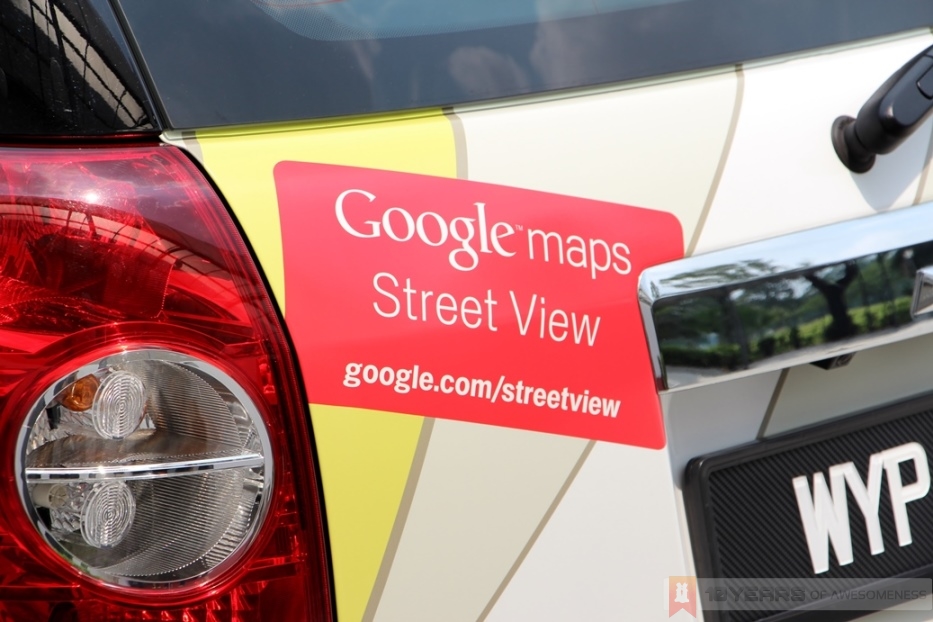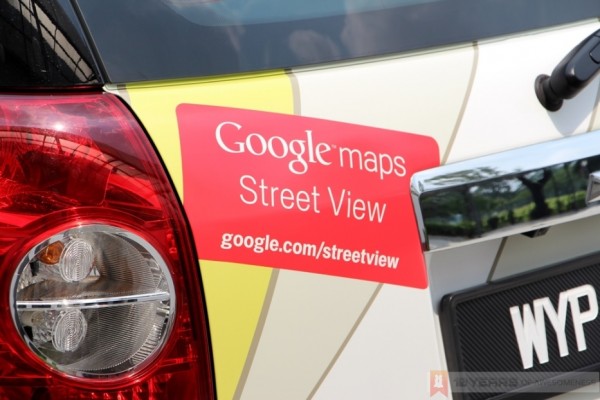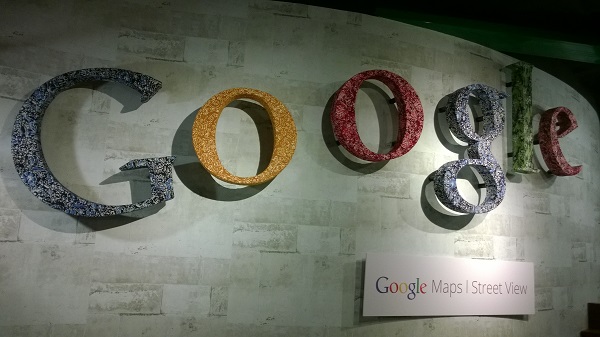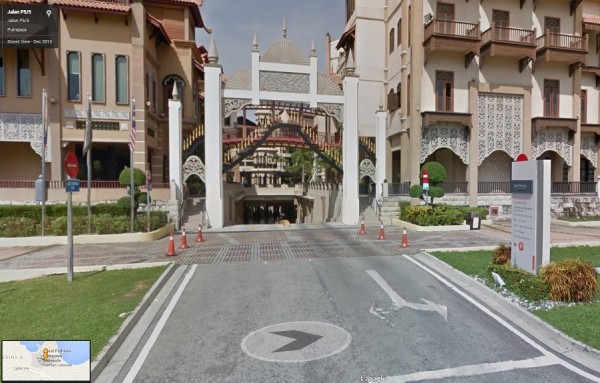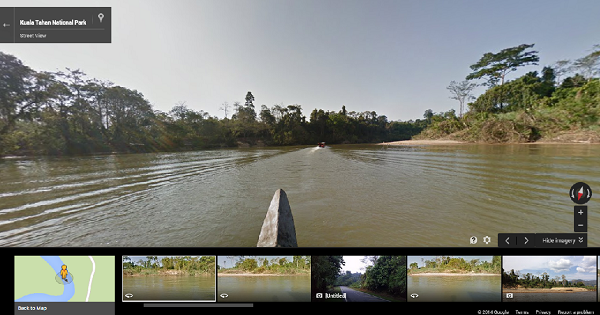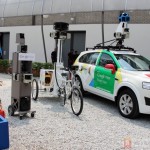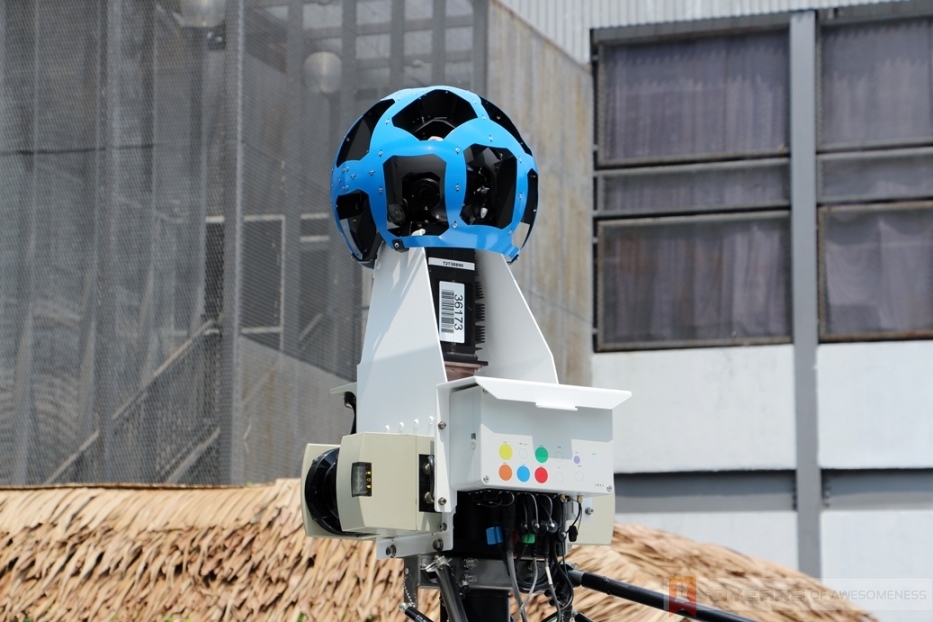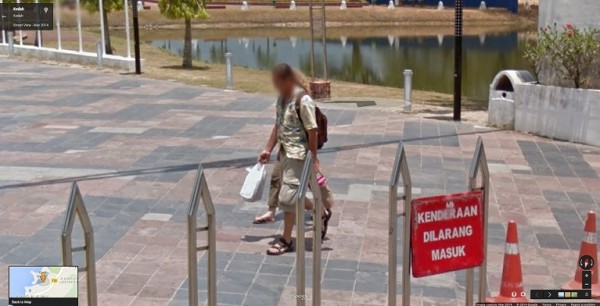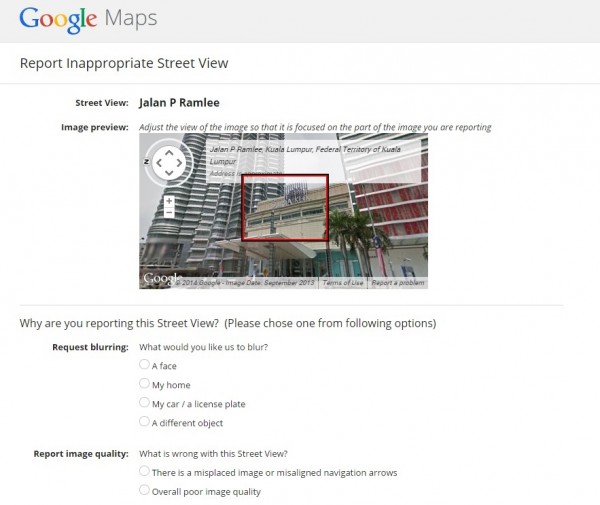Now that Google Maps Street View covers a large section of peninsula Malaysia, it might be time to sit down and examine precisely what the service actually is. For most Street View is an interesting distraction or a quaint tool to use for looking up random locations and see what there is. However, it is a bit more than just looking at your own house from the Internet.
Google Street View is an online service that allows users to remotely explore locations from the comfort of their own home. The novelty of this has not been lost on the Internet as several location based games have been made taking advantage of the immense number of locations available to the service. Geoguessr is possibly the most famous location guessing game, although for the most part players are dumped into deserted roads in the middle of nowhere with no means of identifying where they are.
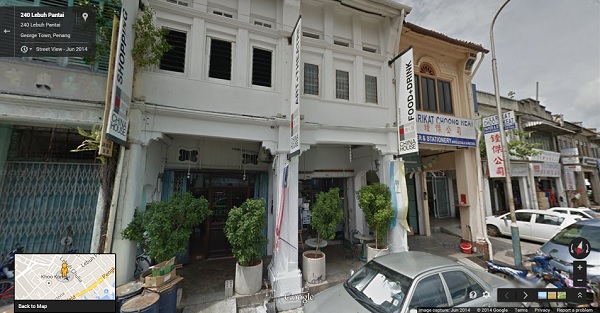
This large variety of locations is the main strength of Street View. It allows people to explore almost anywhere they would want to go. This now includes a variety of hipster cafes across the country, tiny towns along the East Coast Highway, and numerous tourist destinations. Just type in the place you’d like to see, click on the Street View icon on the bottom right of the screen, and voila.
Google itself says that this will help drive the discoverability of businesses, as it allows potential customers to visually identify where they need to be. Alone it may not be very helpful but combined with the navigation provided by Google Maps, it makes finding the entrance to the parking area a whole lot easier. Something often overlooked by those who do not often use GPS navigation.
The biggest beneficiary of this is the tourism industry where visitors are able to view the surroundings of the hotel before booking a room. It is often important to know where you’re staying for a holiday, and Street View is invaluable in these situations – especially when visiting a completely foreign location. This applies for Malaysians taking a holiday to an exotic location, or tourists who are coming here because Malaysia happens to count as an exotic location.
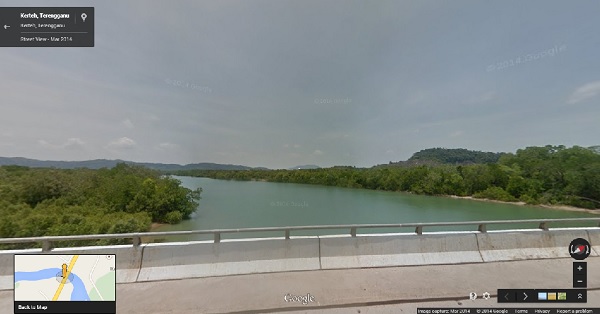
Street View images are continuously updated, which means that users can expect information that is reasonably up to date; although Google does not have a set schedule for updating the database. Street View data in Malaysia appears to have been collected within the last six months or so, which means that most businesses should still be operational. Which is good news for the average Street View user.
Most of this information is gathered using a variety of vehicles and people equipped with specialised cameras that capture a 360-degree view of their surroundings. As far as technology goes, it is a marvel of engineering that Google has managed to cram that many sensors into a mobile package. The most famous of these vehicles are the Google Street View cars that drive around collecting most of the information from public roads.
Alongside the cars are a variety of bikes, trolleys, and backpackers who travel into areas that cars cannot reach. In Malaysia this also includes the tourist parts of Taman Negara and several island resorts. The Street View camera rig was mounted onto the back of a motorcycle to cover the islands and the vehicle is still very noticeable, albeit blurred out, in parts of Pangkor island. Google’s dedication to showing the internet what the world looks like should not be underestimated.
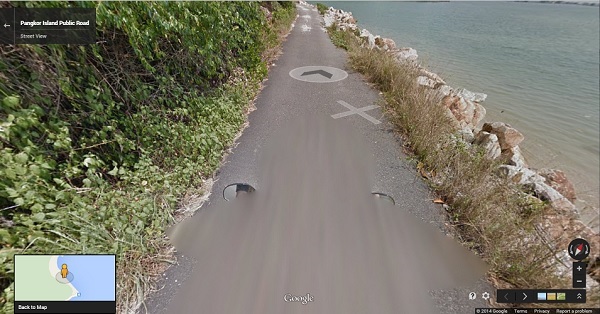
However, the implementation of Street View has not been without some concerns. In 2010, it was discovered that the vehicles that Google uses to capture Street View images had also been collecting data from unsecured WiFi connections. Investigations were conducted and, while it has been found that the collection was not intentional, Google has been fined in several countries for breach of privacy. Germany and India have also prevented Street View from capturing additional data.
Some individuals are concerned about appearing on Street View as it posts pictures of them without asking for prior consent. This may not entirely be an issue for the average person, but it is a valid concern for some; because of this Google automatically blurs all faces and car license plates. This is not entirely a foolproof measure, but it does prevent strangers from stalking people over the internet.
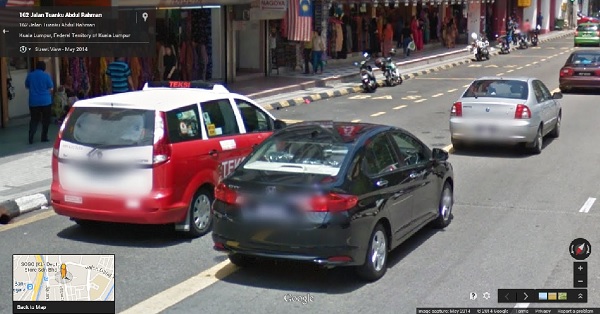
Google takes these privacy concerns very seriously; or at least it does now that it faces so many legal challenges. Users who are unhappy with appearing on the service can report a problem using the link on the bottom right of the window. The entire image will not be removed, but users may request that additional blurring of offending portions of the picture. It won’t completely remove the person or business from Street View, but it will make it as unidentifiable as possible without simply deleting all the data.
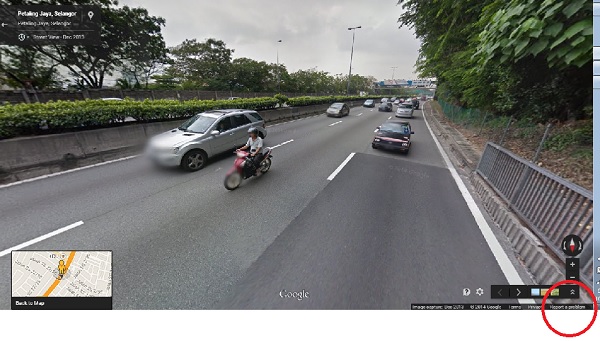
A complete Street View of Malaysia is undoubtedly a very exciting prospect. Most would have taken the opportunity to look up their homes, and the homes of loved ones, for fun. However, it is a good time to stop and reflect about privacy concerns as people will now begin to turn up for the public to view. Just how willing are we to allow strangers to take our pictures and put them online? Are we prepared to allow it to happen to our children or our homes? The information is unlikely to be useful for criminal means, but it should at least make us more aware of just how much of us is available publicly. At the very worst, enjoy the benefits of having Street View but be aware of how to file a complaint if you need to.
Follow us on Instagram, Facebook, Twitter or Telegram for more updates and breaking news.

